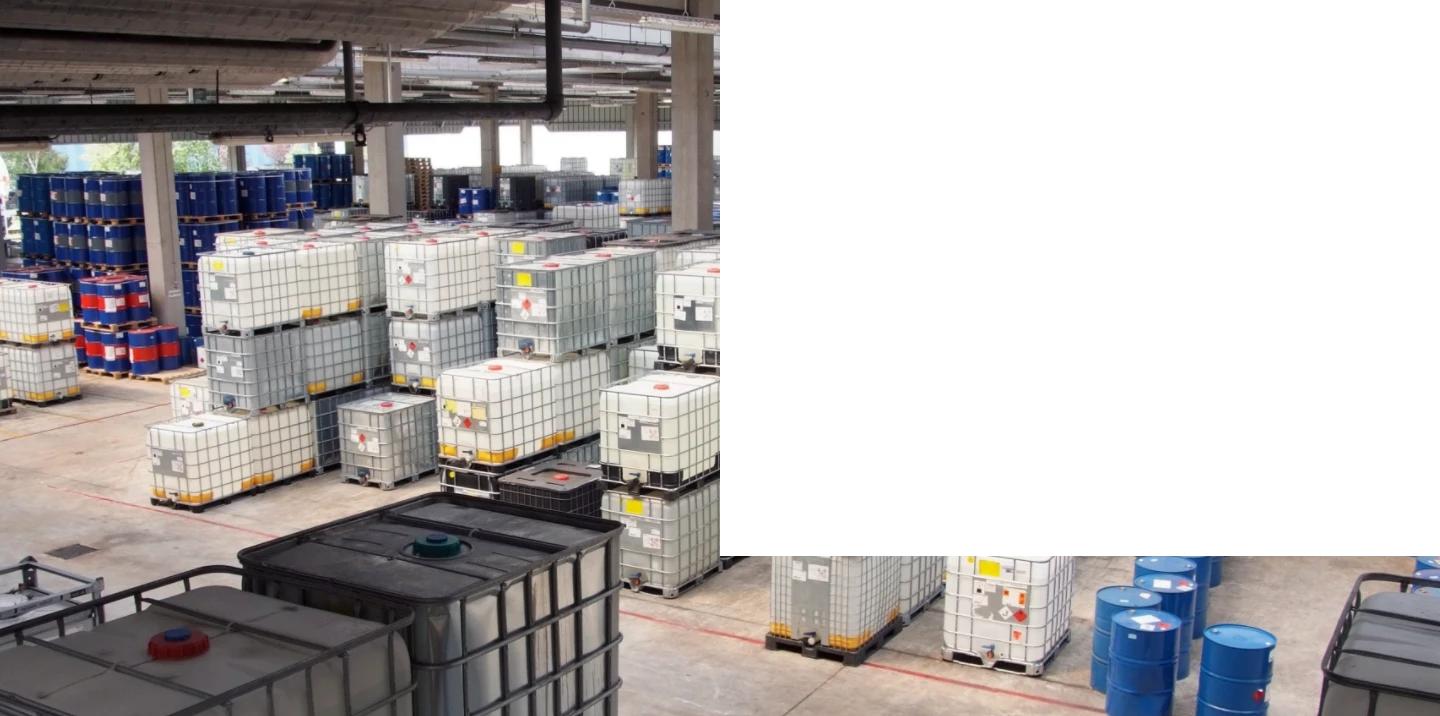



manganese sulfate safety data sheet
Safety Data Sheet for Manganese Sulfate
Manganese sulfate is an inorganic compound primarily used in various industrial applications, including fertilizers, battery production, animal feeds, and as a chemical intermediate. Understanding the safety aspects associated with this compound is crucial for minimizing health risks and ensuring safe handling.
Chemical Identification
Manganese sulfate, with the chemical formula MnSO₄, appears as a pale pink or white crystalline solid. It is soluble in water and has a variety of hydration forms, commonly encountered as the monohydrate (MnSO₄·H₂O). This compound has a molecular weight of 151.00 g/mol and is often used in applications that demand manganese supplementation.
Hazards Identification
While manganese sulfate is beneficial in a number of applications, it poses several health hazards that necessitate prudent handling. Inhalation of dust or powders can lead to respiratory irritation, while ingestion can cause gastrointestinal distress, including nausea and vomiting. Prolonged exposure to manganese salts may lead to serious neurological effects, as manganese can accumulate in the body, particularly affecting the central nervous system and leading to neurological disorders similar to Parkinson’s disease.
Environmental hazards are also a concern. Manganese sulfate is classified as harmful to aquatic life, and measures should be taken to prevent its release into water bodies.
First-Aid Measures
manganese sulfate safety data sheet

In the event of exposure, immediate first-aid steps are essential. If inhaled, the affected individual should be moved to fresh air and given oxygen if breathing is difficult. In cases of skin contact, thoroughly wash the affected area with soap and water. If irritation persists, seek medical attention. For eye exposure, rinse cautiously with water for several minutes, removing contact lenses if applicable, and continue rinsing. If ingested, it is crucial not to induce vomiting and seek medical help immediately.
Personal Protective Equipment (PPE)
When handling manganese sulfate, appropriate personal protective equipment is essential to minimize exposure risks. Recommendations include wearing gloves, goggles, and dust masks to protect against inhalation, skin contact, and eye exposure. Additionally, working in a well-ventilated area can help reduce inhalation risks.
Storage and Disposal
Manganese sulfate should be stored in a cool, dry place, away from incompatible materials such as strong acids. Containers should be sealed tightly to prevent moisture absorption and contamination. When disposing of manganese sulfate, consider local regulations regarding hazardous waste. It is advisable to consult with waste disposal services that can handle chemical materials safely.
Conclusion
Manganese sulfate is a versatile compound with various applications; however, safety must remain a priority during its handling and use. Understanding the hazards and taking appropriate precautions can significantly reduce the risks associated with this chemical. By following guidelines outlined in safety data sheets and implementing effective safety measures, both health and environmental risks can be mitigated. Proper education and training of personnel handling manganese sulfate are essential for ensuring safety in all environments where this material is used.
-
Why Sodium Persulfate Is Everywhere NowNewsJul.07,2025
-
Why Polyacrylamide Is in High DemandNewsJul.07,2025
-
Understanding Paint Chemicals and Their ApplicationsNewsJul.07,2025
-
Smart Use Of Mining ChemicalsNewsJul.07,2025
-
Practical Uses of Potassium MonopersulfateNewsJul.07,2025
-
Agrochemicals In Real FarmingNewsJul.07,2025
-
Sodium Chlorite Hot UsesNewsJul.01,2025










